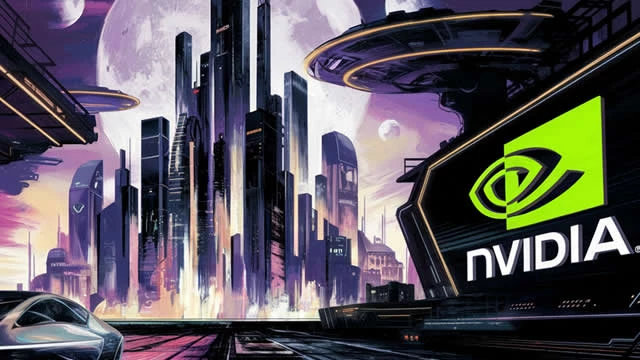Tesla’s recent “We, Robot” event wasn’t your typical product showcase—it felt more like a scene from a sci-fi movie. Set at Warner Bros. Studios, the event brought together autonomous taxis, futuristic vans, and humanoid robots. Elon Musk’s message was clear: Tesla isn’t just about electric vehicles anymore; it’s about redefining transportation and automation.

So, you might ask, what exactly did they show? First up was the Cybercab, Tesla’s latest robotaxi with no steering wheel or pedals, powered entirely by AI and vision-based autonomy. This design eliminates costly sensors, giving Tesla an edge in keeping costs low—something the company hopes will eventually disrupt ride-hailing giants like Uber and Waymo. With inductive charging built in, these cabs won’t even need to plug in, theoretically making 24/7 operation feasible. Still, regulatory approval could slow things down, and let’s not forget that Musk’s bold timelines often require some patience from investors.
The Robovan was next, a spacious autonomous van aimed at moving large groups or cargo—think sports teams, schools, or logistics companies. This product shows that Tesla’s ambitions stretch beyond individual consumers toward fleet operations, where cost-efficient autonomy could really shine. These kinds of vans have the potential to slash transport costs, but much of the success will hinge on Tesla’s ability to scale production and navigate regulatory frameworks in different markets.
But the real curveball? Optimus, Tesla’s humanoid robot. These robots aren’t just science experiments—they walked around the event, interacting with guests and even serving drinks. Musk hinted that they could soon perform household chores, teach children, or act as companions. He also mentioned a potential price tag of $20,000 to $30,000—surprisingly affordable for a humanoid robot, if Tesla can pull it off. Yet, whether these robots will ever become household staples is a question nobody can confidently answer. Demand for personal robotics is still untested, and while the potential market is huge, so are the risks.
At first glance, Tesla’s pivot into robotics and autonomous services might seem like a distraction. Some investors might worry—is Musk spreading the company too thin, especially given his growing involvement in political and social issues? Between managing Tesla, SpaceX, and even X (formerly Twitter),Musk’s ability to focus on execution has become a recurring concern. Yet his ambition has always been Tesla’s biggest asset. For all the skepticism, the company has repeatedly proved that bold innovation can pay off.
For investors, the big takeaway is that Tesla isn’t content with just being an automaker. If these new ventures succeed—whether with robo-taxis, vans, or robots—Tesla could unlock entirely new revenue streams. But as always with early-stage tech, execution is everything. There’s a fine line between visionary ambition and overreach, and while Musk’s track record offers hope, it’s no guarantee.
Tesla’s “We, Robot” event was a reminder that the company isn’t afraid to bet big on the future. The question for investors now is whether these ambitious new projects will follow the path of the Model 3—delayed but eventually triumphant—or if they’ll remain more dream than reality. Either way, Tesla’s story is far from over, and watching it unfold will be fascinating.

















Rate this article